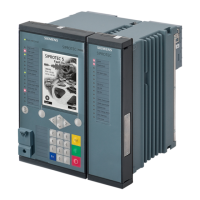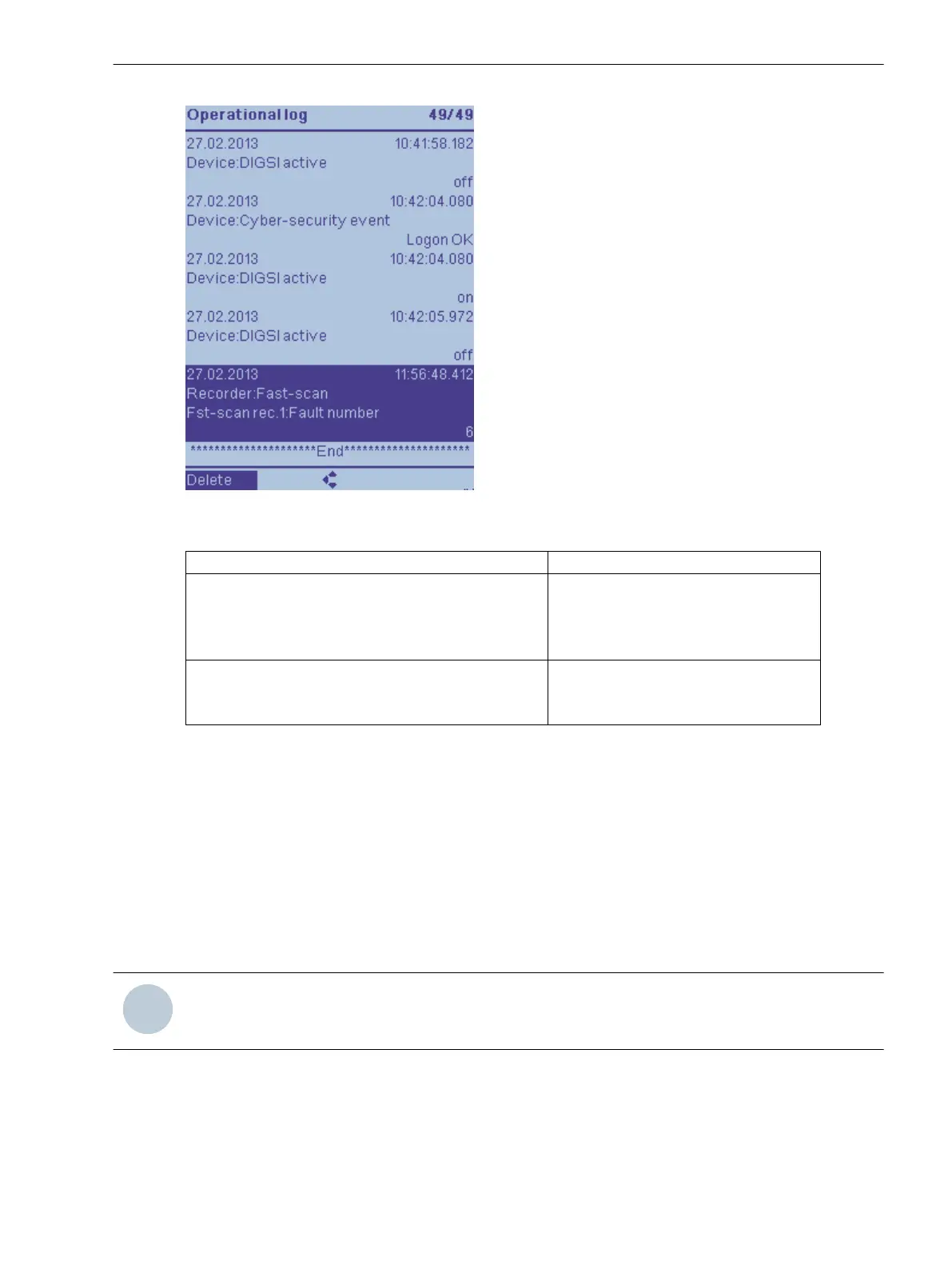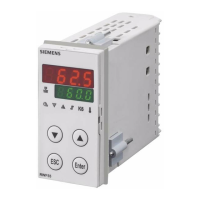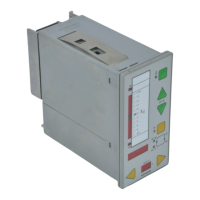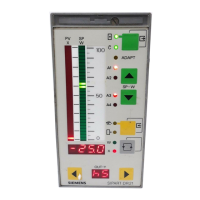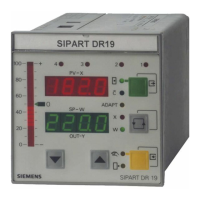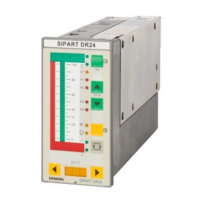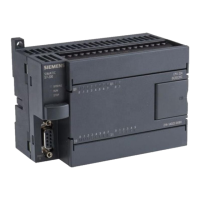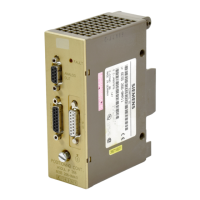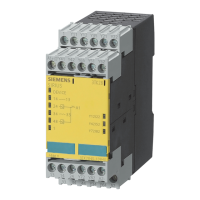[sc7kevor-220213-01.tif, 1, en_US]
Figure 3-1 On-site Display of an Indication List (Example: Operational Indications)
Menu Path Log
Main menu → Indications → Operational indications
Settings change
User indications 1
User indications 2
Main Menu → Test & Diagnosis → Indications → Security indications
Device diagnosis
Communication indications
²
To reach the desired log from the main menu, use the navigation keys of the on-site operation panel.
²
Navigate inside the log using the navigation keys (top/bottom). You will find the most current indication
at the top of the list. The selected indication is shown with a dark background.
²
Which indications can be shown in the selected log depends on the assignments in the DIGSI 5 informa-
tion routing matrix or is pre-defined.
You will find information about this in the chapter 3.1.5.1 General .
²
Every indication contains date, time and its state as additional information.
²
In some logs you are given the option of deleting the entire indication list by softkey in the footer of the
display.
To know more about this, read chapter 3.1.10 Saving and Deleting the Log .
NOTE
No password entry is necessary to read indications from the device.
System Functions
3.1 Indications
SIPROTEC 5, Fault Recorder, Manual 43
C53000-G5040-C018-5, Edition 11.2017
